I recently finished watching Season 4 of Stranger Things. While it was definitely incredible and I can’t wait for the other episodes to release next month, there was a certain theme in this season that really affected me.
It got me thinking and reflecting on an important part of the history of D&D and those of us who play it.
Believe it or not, D&D wasn’t always cool.
If it was even being mentioned on TV, it was some kind of feature meant to prove that the groups who play this game were actually secret cults of devil worshippers.
But even today, there is a large group of people still maintaining that D&D is evil.
So, let’s talk about that.
What Was the Satanic Panic?
Now, I was born in 1990 which means that I didn’t live through the Satanic Panic in the 80s.
However, as someone who loves D&D, heavy metal, and dancing in goth clubs, I’ve absorbed a lot of the stories from that time. Not to mention, I wrote a 50-page research paper on the subject for school.
So, I’d like to think I’m not just blowing hot air here, you know?
That said, we’re going to paint with broad strokes for a bit to set the scene.
The Satanic Panic was a large, public outrage that started in the 1980s. Claims of ritual abuse, hidden messages in heavy metal records, and Satanic cults intent on corrupting souls were widespread.
The problem: these claims were all hype and no substance.
What McCarthy was to Hollywood and the government in the 1950s “Red Scare,” talk show hosts and televangelists were in the 80s and 90s.
The now-famous “Dark Dungeons” pamphlet meant to show the dangers of playing D&D was just one example of how some people genuinely believed the game was evil.
This “Chick Tract” (named after the pamphlets’ creator) would go on to unironically become meme gold and even get a movie made based on it…
But people were panicking.
It certainly couldn’t be that the culture was evolving and the supposed “adults” didn’t know what they were talking about, could it?
So, the conversation erupted into a firestorm with seemingly every town in the US being (supposedly) overrun by these threats. In the minds of those swept up in this craze, the battle for the soul of every man, woman, and child in America had begun.
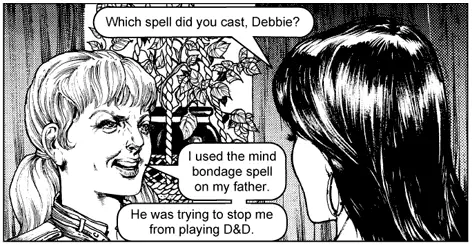
Why Was This an Issue?
Do you know who had it WAY too easy in the 80s?
The nerds.
Ok, kidding aside, this was just another way to justify treating nerds, geeks, or whatever other “outsider” like garbage.
That’s the part of this season of Stranger Things that really affected me. People are so quick to immediately place blame on the ones that they have made no effort to understand.
Simply for having different interests, the narrative quickly spirals from “they’re a bit weird” to “they play Satanic games in dark rooms and feast on SOULSSSSSSSS”.
We joke about it now, but this had serious effects. It was the Salem Witch Trials all over again.
Reason went completely out the window as people latched onto continually more and more unhinged conspiracy theories.
So now our nerd-elders of the time didn’t just have to worry about the typical bullies and whatnot.
For enjoying games and/or music that others didn’t understand, they were (somehow) directly responsible for the decay of the country’s moral values.
It’s no exaggeration to say that this resulted in deep trauma and, in some cases, even death.
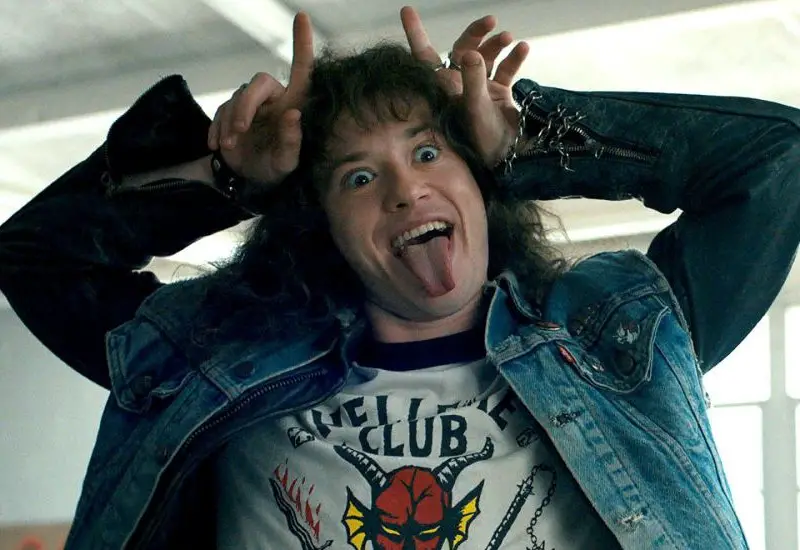
Satanic Panic Wave 2: Electric Boogaloo
As I said, I had to paint with some broad strokes to give you an idea of what things were like at the time.
But now we’re going to get personal…
You see, my parents were teenagers in the 80s. They experienced all this first-hand though they never particularly got into D&D, heavy metal, and everything else that was being targeted.
However, they did take this all as fact. Before I was even born, they knew that grass grows, the sun shines, and D&D is evil.
The moral panic in the 80s and early 90s had become an institution by the early 2000s.
And we didn’t question that institution…
So, I consider this the second wave of the Satanic Panic. The teens who grew up during this time were now having kids. For those who were taught that D&D is actually some kind of Satanic ritual, they would make sure that their kids would have nothing to do with it.
And sure enough, the goal post kept moving.
As a young nerdling, it was devastating to constantly be told that hobbies I took an interest in were evil.
It was always the hobbies being picked up by nerds that were blamed for “inviting the devil into your house.”
I still remember the disappointment in my dad’s voice when he asked me why I couldn’t “just join the football team or do something normal.”
No amount of explaining why Pokemon, YuGiOh, and even Weird Al Yankovic (yes, really) weren’t evil ever seemed to be good enough.
But grass grows, the sun shines, and teenagers are going to rebel…
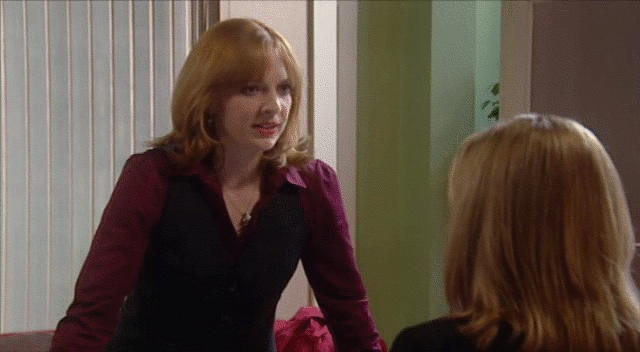
The Nerdiest Form of Teenage Rebellion
Okay, so my teenage rebellion phase was quite possibly the nerdiest form of rebellion possible.
Keeping decks of Magic: The Gathering cards at friends’ houses, hiding my Player’s Handbook under my mattress and insisting I only have it “for the cool art” …
Oh yeah, I was quite the maverick!
The early days of playing D&D with my friends were definitely a bit weird. After all, I was having to be as sneaky and careful as possible to hide that I was playing!
I’d be having so much fun causing all kinds of chaos with my Gnome Illusionist then get these waves of crushing guilt.
“Is this wrong?“
But it was fun and I’m still very happy to be close friends with most of that original group to this day.
Thankfully, things eventually cooled down and my family realized that it was just a game. They had no interest in learning how it’s played or hearing about it, but they ultimately reached a point of acceptance.
It’s even become a joke between us now. I still maintain that if the worst thing your teenager does is play D&D, you got very lucky.
So even if my rebellious phase was pretty lame compared to most others, I still take some pride in it.
Also Check Out: The Best 6 Books That EVERY Dungeon Master Needs To Read!
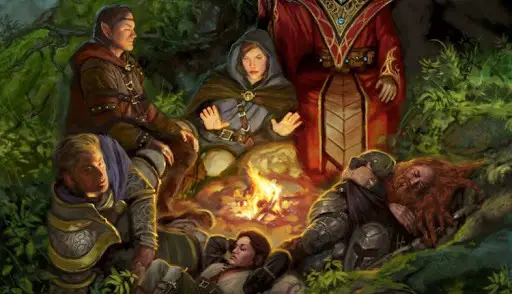
We’re The Cool Kids Now?
I’d say that D&D has never been as popular as it is now and that would certainly be correct.
However, I think the case exists to say that prior to around 2015 or so, D&D was never “popular.” At least not in the mainstream, anyway.
These days, it almost seems like you’d have a harder time finding someone who doesn’t/hasn’t played D&D.
The hobby has grown to the point that the “cool kids” are now the ones talking about elves, wizards, and the excitement of rolling a 20 on a weirdly shaped die!
Then we’ve got huge hit shows like Stranger Things and Critical Role bringing even more players into the hobby every single day!
So maybe I’m not one of the ones who got victimized during the craziness of the 80s. However, I did still feel the effects deep enough that it’s informed a lot of who I am and why I am so outspoken about what makes D&D awesome.
While there are certainly teenagers out there right now going through what I did, I’d imagine it’s a lot less these days.
There’s this weird kind of complex though. It’s like a small, irrational voice in the back of your head that I know a lot of elder-gamers have talked about.
“These kids just have it so easy now that tabletop games are popular. Back in the day, we didn’t have it so easy!”
And, honestly, I totally understand those feelings. Irrational as they might be, I do get it.
But fortunately, this influx of new players has breathed so much life into the game. They’re coming in with fresh ideas and new energy. The hobby is better for it!
Despite all of the odds and jokes, D&D players are cool now!
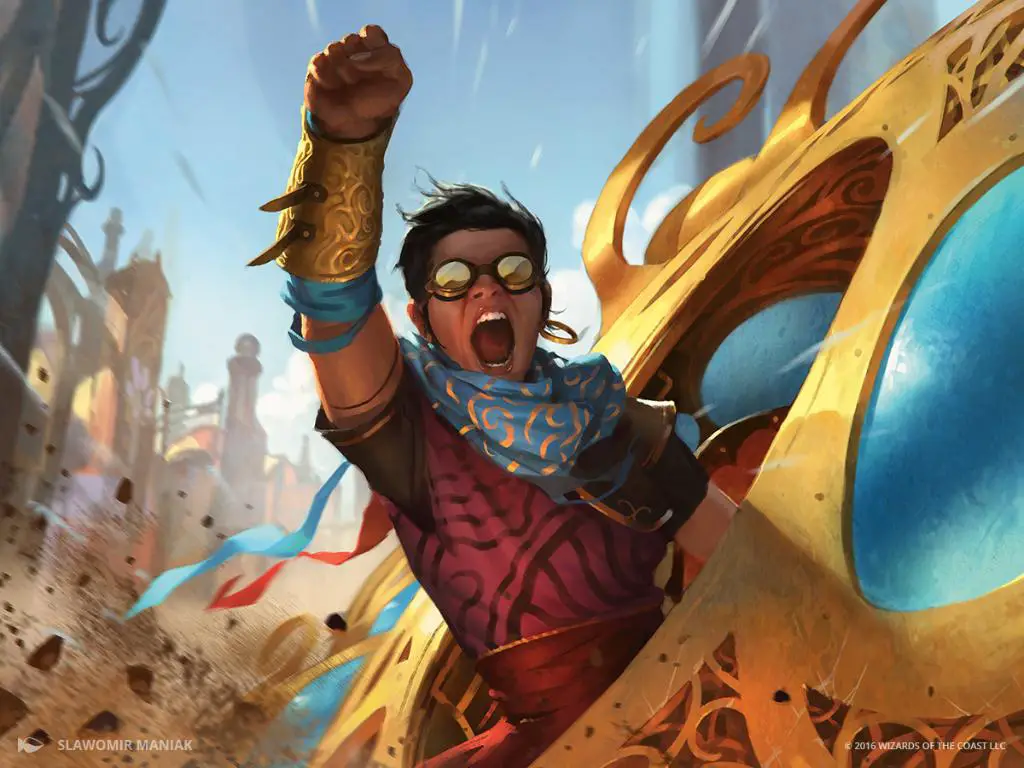
So… Is D&D Evil?
Ok, so it took me a minute to get to this point, but I appreciate you reading this far.
The simple fact is that D&D is not evil and has never been. Just like every other example I’ve mentioned here (and so many more), it’s a case of people refusing to listen and learn.
Imagine if a large and outspoken group of society decided that football is some kind of devil-worshipping practice.
They come up with all kinds of theories on the symbols used in the game and the formations of the players to explain why it’s actually some kind of evil ritual.
Pretty silly, right?
To myself and countless others, D&D has been a way of building amazing friendships. We tell stories as a group, laugh, cry, and cheer when things go well.
In a world that seems to get more and more isolated despite the power and connectivity of the internet, why would you deprive someone of that?
I’ve seen the excitement in my young nephews’ eyes when we’re reading the Young Adventurer’s Collection. It’s the same look I’ve seen in my friends’ eyes when they save a town from a goblin invasion!
If you’re a parent who has found this article because your child is getting into D&D and you’re worried that it’s evil, I want you to take a moment.
Why not use this as an opportunity to bond with your child and learn more about a hobby that they find interesting?
Claims that it’s an evil game came from a place of willful ignorance. It’s time to break that cycle for good.
Related: 8 Real-Life Skills You’ll Develop By Playing D&D!
Conclusion – My Experience with the Satanic Panic
I don’t typically do a lot of articles like this.
I’m usually explaining how certain mechanics work in D&D or trying to give tips to help DMs run their games better.
But it was fun (and dare I say, cathartic?) to write this one.
I’m considering writing more articles like this that are meant to explore certain aspects of D&D beyond what’s happening at the game table.
If that’s something you’d like to see, please let me know in the comments.
Additionally, I would be very curious to hear your experience with D&D and the Satanic Panic.
I think sharing our stories about what we’ve been through as D&D players and all the joy that the game has given us is an important thing.
While the Satanic Panic of the 80s is a distant memory, it’s also still very near and present today. There’s bound to be someone out there who would benefit from seeing that other people have been through this too.
So, let’s chat in the comments!
Want all the latest player guides, DM tips, news, reviews, and more for D&D 5e? Sign up for the Tabletop Joab newsletter below!
You can also follow me on Facebook and Twitter.
If you found this article helpful and want to support the site, you can buy me a coffee here! (It’s not expected, but very appreciated!)

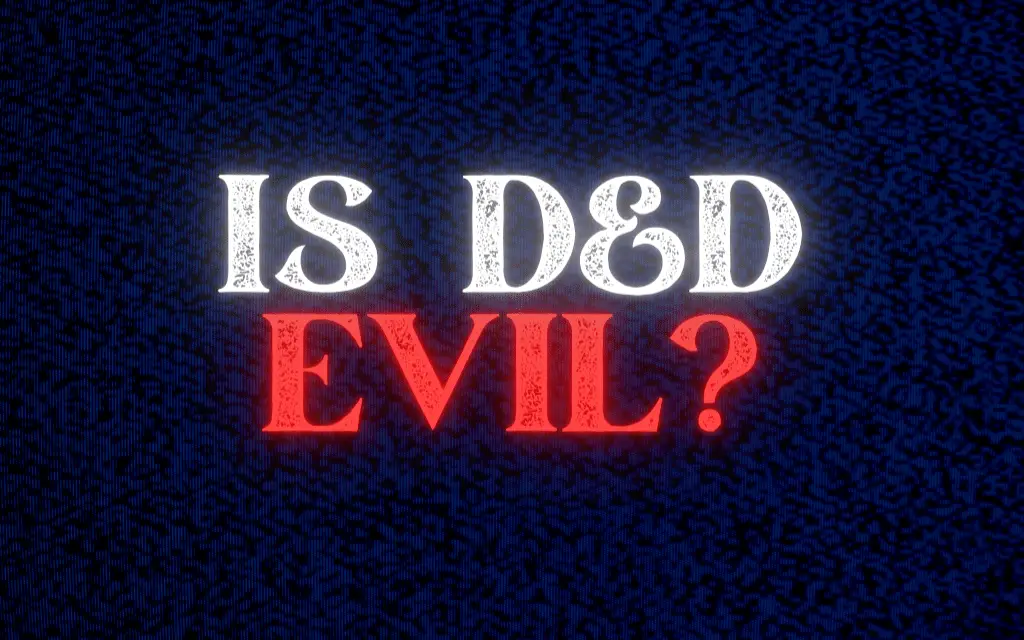

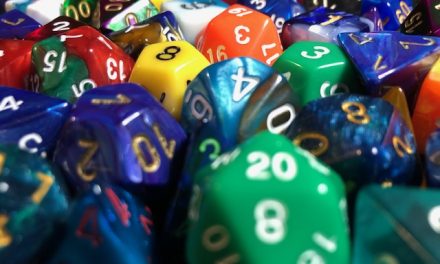
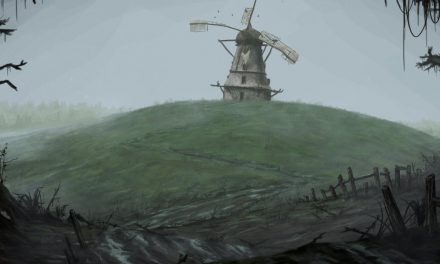
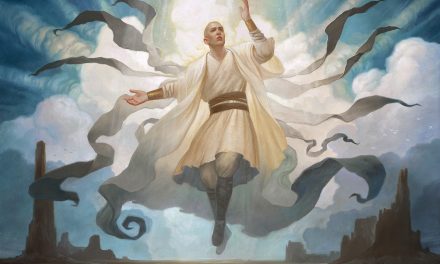
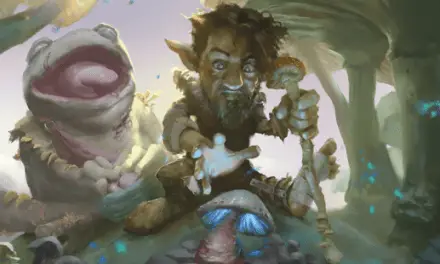



Recent Comments